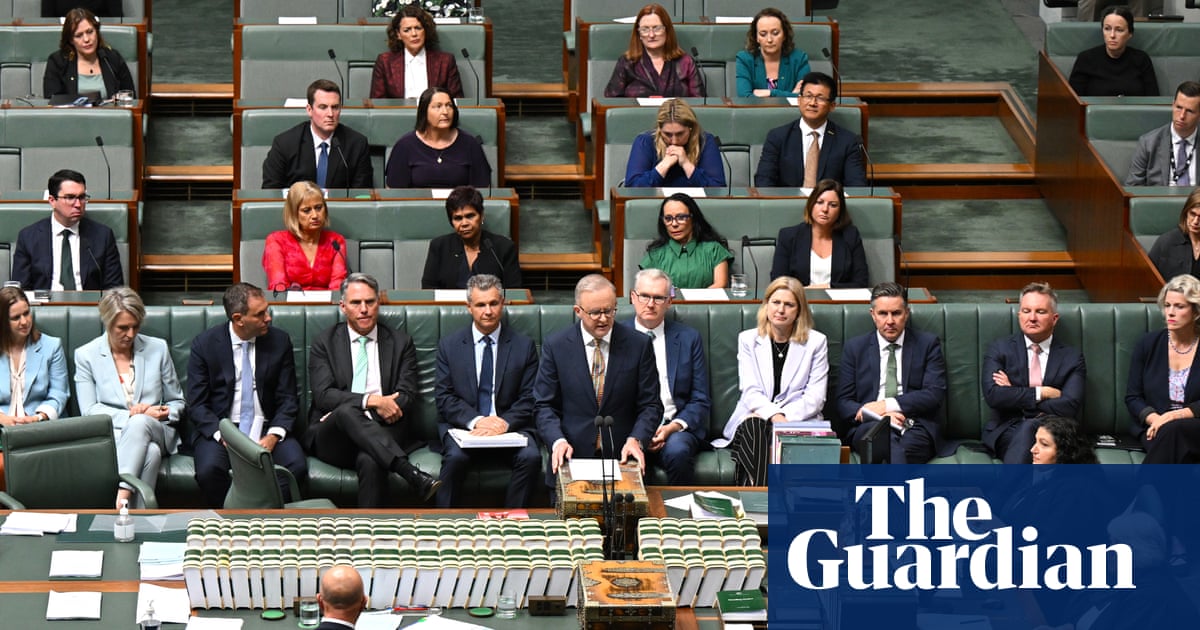Australian governments are failing to do “the heavy lifting” needed to address entrenched disadvantage experienced by Aboriginal and Torres Strait Islander communities, an independent review of the national Closing the Gap strategy has found.
The review by the Jumbunna Institute for Indigenous Education and Research at the University of Technology Sydney is the first to independently assess the implementation of the Closing the Gap agreement since its establishment in 2008.
The agreement, committed to by all Australian governments and the Coalition of Peaks – a representative body of more than 80 Aboriginal and Torres Strait Islander community-controlled organisations (ACCOs) – aimed to reset the relationship between governments and First Nations people, with a focus on shared decision-making and structural reform.
But despite the landmark agreement and thesubsequent 2020 refreshby the Morrison government the review found that states, territories and the federal government are still falling short.
“Much of the burden for that success rests too heavily on Aboriginal and Torres Strait Islander parties, while government parties carry a lighter responsibility,” the report states.
“The Peaks, ACCOs and communities are doing the heavy lifting while at the same time being under-resourced in comparison with governments,” it said.
The review authors consulted more than 500 Aboriginal and Torres Strait Islander people across Australia over five months. They found that the overall architecture of the agreement was sound but was hampered by systemic failures including “inaction” from governments, and structural racism which they said was “baked in society”.
Sign up for Guardian Australia’s breaking news email
One of the report’s most damning findings is that racism continues to pervade every aspect of the strategy, and that governments have failed to take serious steps to address it.
”Despite the National Agreement commitment to identifying and eliminating racism, no systemic steps have been taken despite, or perhaps because, racism is a deeply rooted problem that was baked into government institutions from their very inception of this country,” the report said.
The latest government update on Closing the Gap targets shows only four are now on track. Six are improving but not on track, four are worsening, and a further four cannot be assessed.
Prof Lindon Coombes, the director of the Jumbunna Institute, said the report should prompt reflection for those leading the way to improve the lives ofIndigenous Australians.
“We want this review to provide constructive feedback for all parties to the National Agreement, and to hear the voices of the people it seeks to support,” he said.
“What has become apparent is that there needs to be a consideration by all governments and the Coalition of Peaks about the nature of their relationships and how it underpins or hinders implementation.”
Sign up toBreaking News Australia
Get the most important news as it breaks
after newsletter promotion
Tom Calma was the social justice commissioner at the time of the 2008 agreement. The Kungarakan and Iwaidja elder from the Northern Territory told Guardian Australia that the review’s findings emphasise the need for governments to consult with a wide variety of Indigenous groups and organisations.
He said it was vital to hold Australian governments and organisations accountable for their role in improving the inequities experienced by many Indigenous people, as most Indigenous people relied on mainstream services.
“There’s not enough effort being put into getting mainstream organisations and governments to do their share. There’s no targets for them. All the targets are for community control sector,” Calma said.
“If we look at health alone, less than half [Indigenous peoples] use community-controlled health services. The majority use mainstream or public services.
“There’s no specific reference to them being culturally competent, for them addressing the racism and discrimination within their systems … They’re all issues that need to be addressed if we are going to close the health gap.”
The Victorian Aboriginal Child and Community Agency CEO, Muriel Bamblett, condemned governments for failing to address “real progress towards closing the gap”.
“Today’s review has once again highlighted that without clear accountability, and a lack of genuine partnership between Government and Aboriginal people, progress will continue to be critically slow,” she said in a statement.
